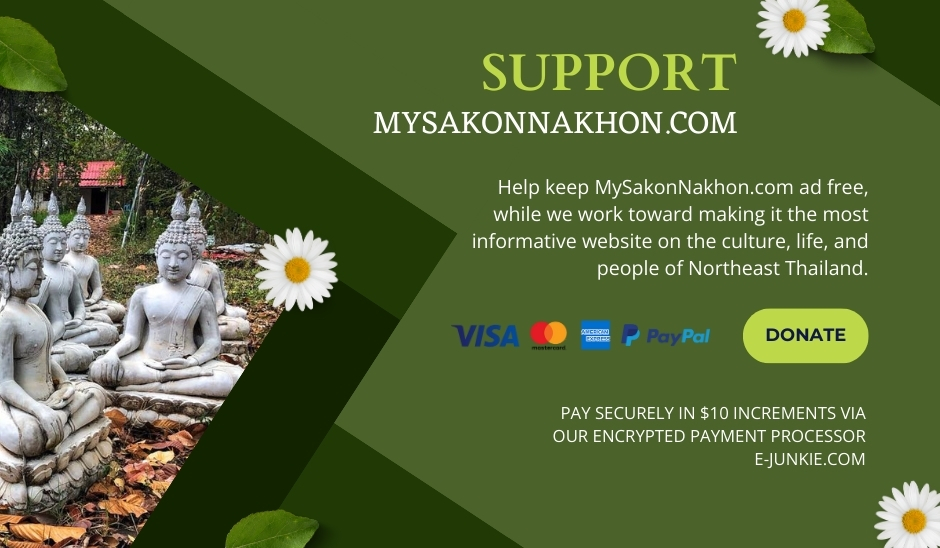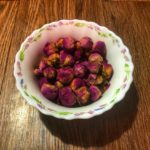
Lotus Flowers in Thailand: Symbolism & How to Grow
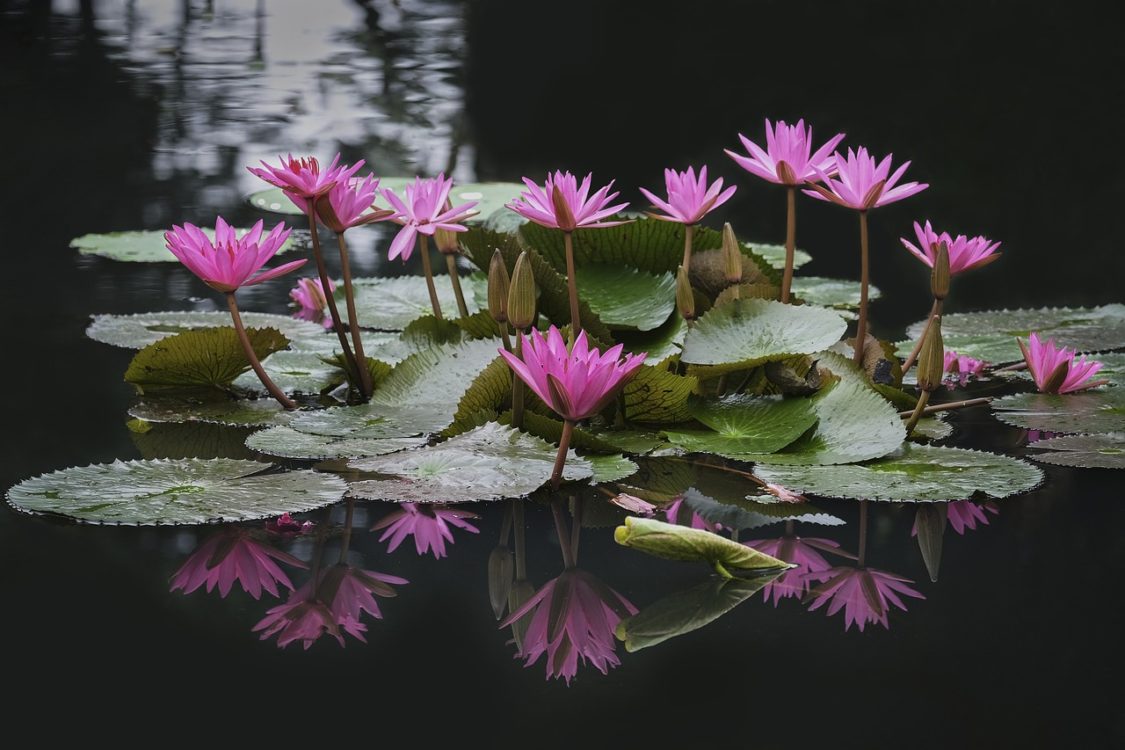
In Thailand, the lotus flower is known as “bua” (บัว). It is a symbol of goodness, with a special relationship to Buddhism, the country’s national religion. According to legend, Jivaka Komarabhacca, the Buddha’s personal physician, prepared a concoction made of lotus flowers to cure the Buddha’s exhaustion after long meditation in the forest.
Doctor Jivaka is also considered the patron saint of folk healers in Thailand, and goes by the Thai name Cheewok Komaraphat (บรมครูแพทย์ท่านชีวกโกมารภัจจ์). He is sometimes invoked or prayed to when creating herbal medicines and conducting other healing practices. Traditional Thai healers have used the lotus flower in medicines to treat coughs, control blood sugar, cure stomach ailments, alleviate acne, and mitigate inflammation.
The Symbolic Meaning of Thai Lotus Flowers
There are four varieties of Lotus flowers: Pathum, Boontharik, Sattabongkot, and Sattabutre, which the Buddha said is similar to 4 varieties of people, differing in the manner and ways in which they can (or can’t) learn and practice spiritual wisdom. The mud from which the Lotus grows is associated with our carnal desires, while the flower that rests above the water symbolizes spiritual enlightenment.
At Thai temples, you’ll often see a Buddha statue sitting atop a lotus flower sculpture, and sometimes a lotus flower itself will be the featured image, such as at the Memorial Monument to an Enduring Angel (อนุสรณ์สถานแถนสถิต) in Sakon Nakhon.
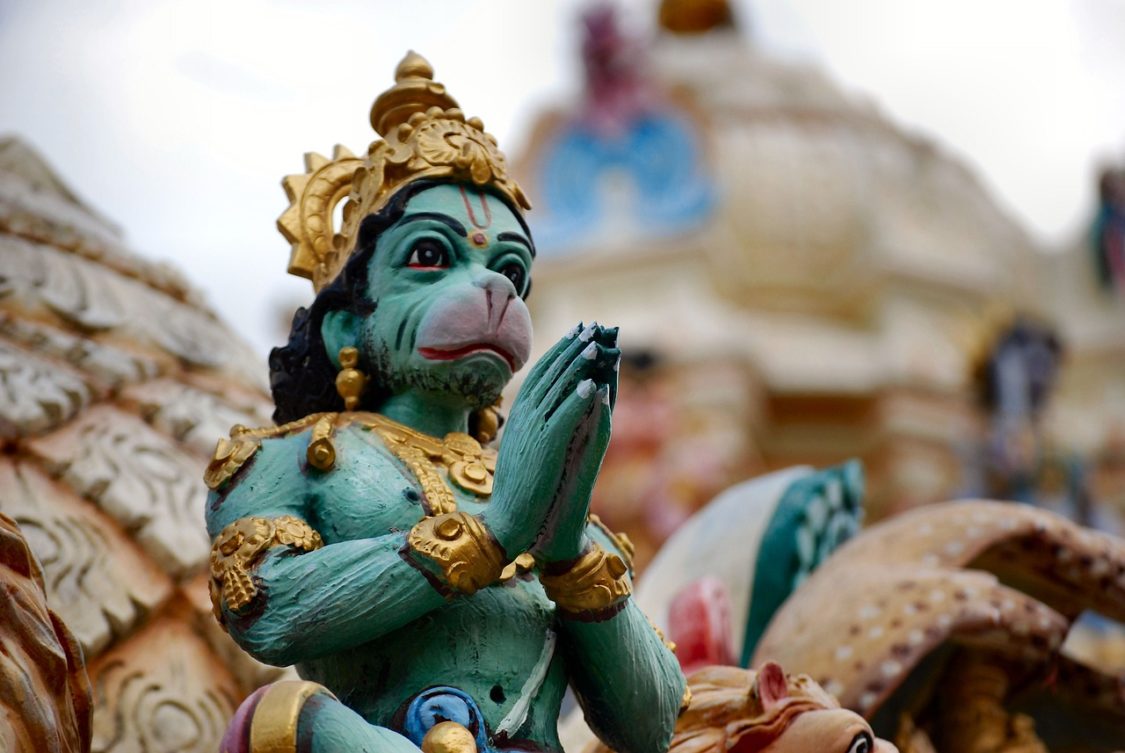
Thailand also is influenced by Hindu traditions. In Hinduism, the lotus symbolizes prosperity and fertility. It is associated with the god Vishnu, who has a lotus growing out from his navel, symbolizing the earth. In the Thai Ramakien legend, based on the Hindu Sanskrit epic poem Ramayana (“Rama’s Journey”), the character Hanuman, a half-human monkey warrior of divine heritage, describes Lord Rama (aka Vishnu) as having eyes like lotus flowers.
How to Grow Lotus Flowers in Thailand
Many Thai people like to grow lotus flowers around their house in a large ceramic bowl or in a fish pond beside the rice fields. The lotus signifies their intention to live in love and kindness, and is said to encourage a tight and cheerful family unit, upon which auspicious blessings flow.
Four types of lotus flowers that are said to be especially auspicious: Bua Luang (บัวหลวง), Bua Phan (บัวผัน), Bua Farang (บัวฝรั่ง), Bua Sai (บัวสาย) and Bua Kradong (บัวกระด้ง). Thai folk wisdom says these lotus plants should be planted on Wednesday because that is the most suitable day for planting trees that produce beautiful flowers. When lotus are planted in a large pond on a Wednesday, it is said that the lotus plants will quickly spread throughout the pond, producing beautiful blooms.
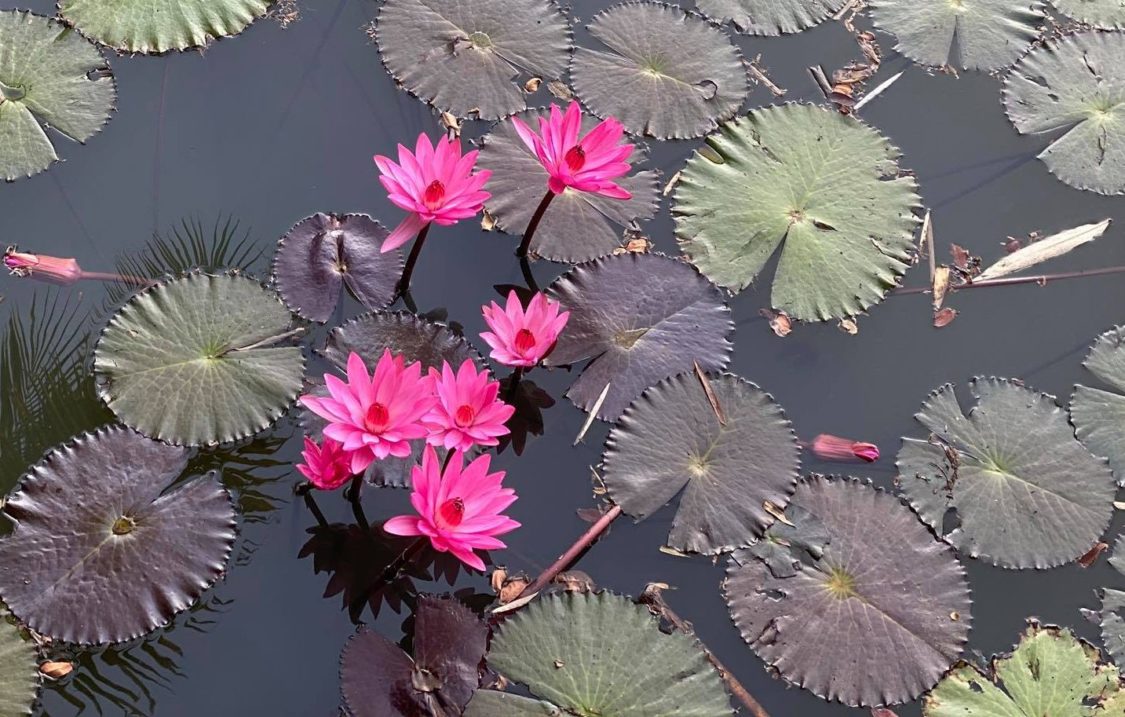
If you want to transplant lotus flowers from one pond to another in Thailand, the process is quite easy and doesn’t take any special knowledge. Simply pull up the lotus plants gently from the muddy floor of the original pond, grabbing at the roots below the soil. Then gently place them in the new pond, along with a few kind words of encouragement. The plants will then take care of themselves.
However, it is best to do this during the dry season when the pool depth isn’t too high. Experts say that lotus flowers grow at a depth of up to 6 feet (1.8m). However, we have successfully grown Thai lotus flowers in ponds over 20 feet (6m) deep!
If you are visiting Thailand and have a passion for lotus flowers, be sure to visit the famous Chaloem Phrakiat Lotus Park in Sakon Nakhon.
- The Royal Ploughing Ceremony in Thailand – A History - May 8, 2024
- Dying Well the Buddhist Way in Thailand - May 7, 2024
- Comforting Words for the Brokenhearted in Thailand - May 6, 2024
